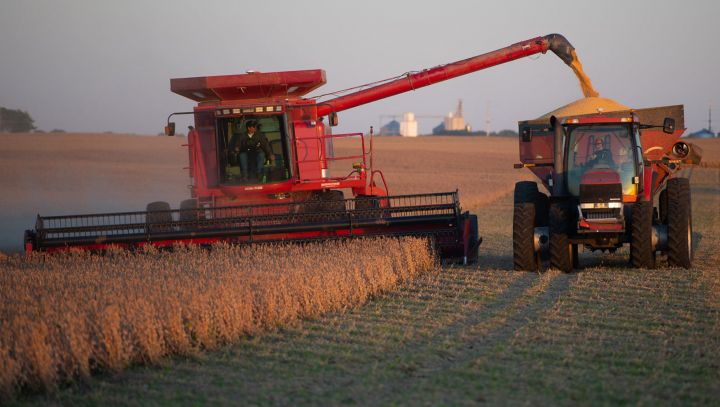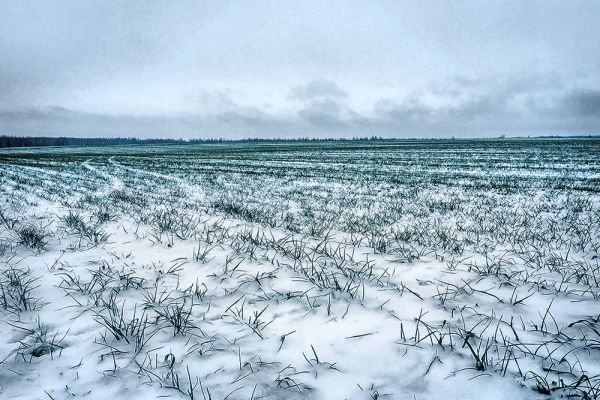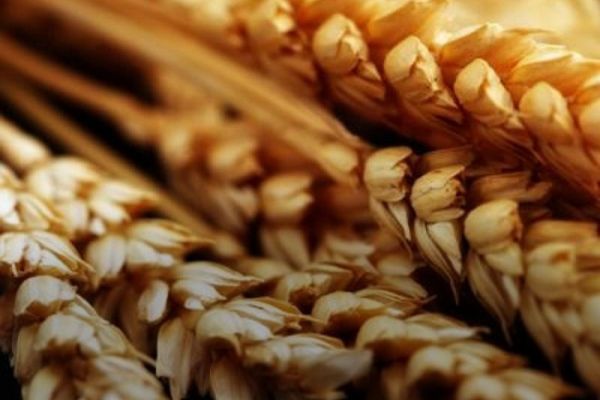To learn more about agribusiness in Ukraine, follow us on Facebook, on our channel in Telegram, and subscribe to our newsletter.
Being an Agro-Commodities Trader or In Anticipation of the USDA March Report
We are having "these days" again! All agrarian market participants are expecting the USDA report (the next one will be released on March 10, 2020). But is it worth expecting something extraordinary or determinant from the United States Department of Agriculture for further understanding of price dynamics in Ukraine?
History suggests USDA usually takes a very conservative approach to methodology for estimating all data reported — yields or crops areas, end stocks or utilization. It is also quite suspicious of the external factors that the market is affected by and does not always take into account issues that cannot be predicted with accuracy. For example, the weather on which traders so often put their hopes, and trade agreements between the U.S. and China, which can fundamentally change the global trade flows.
On the one hand, it is good and reduces to some extent the probability of erroneous evaluation, as dry conservative data are taken into account. But, on the other hand, we have a certain cognitive dissonance when all our senses understand that, for example, under such a combination of corn circumstances in the U.S. (related to weather, late sowing, immature grain and, again, last season's poor weather conditions) WASDE still has not reduced the yield of corn to a level that would have coincided with market expectations. Although internal US prices clearly tell us that the local producer does not agree with this order of things.
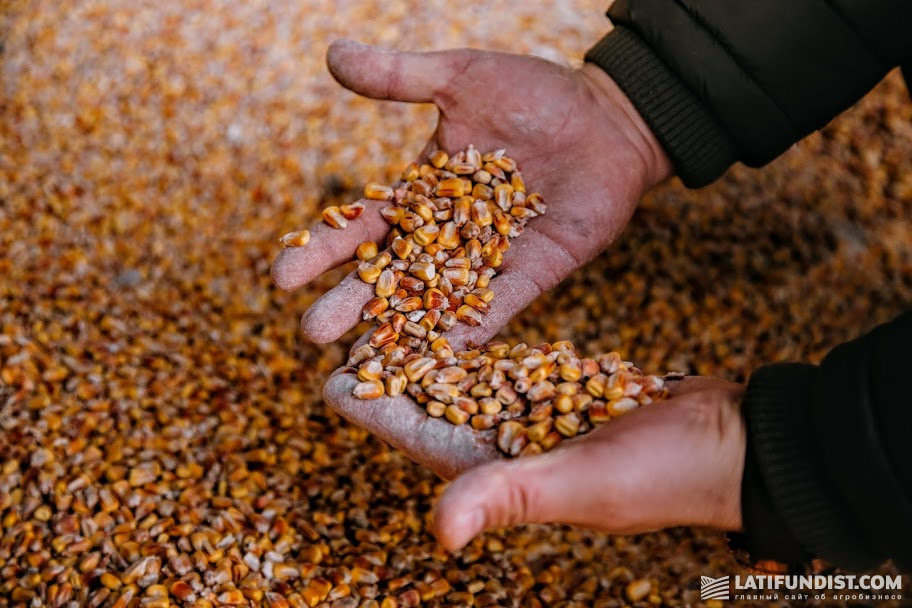
Failing to find the answer in the report's volumetric tables, we start searching for the truth in price charts. We are actively trying to find the correlation between different assets. Futures, options, spreads, indicators, entry or exit points. But it is enough to learn a little about technical analysts or at least about their work to understand the way they see each market. Moreover, being not only an analyst but also a trader or a producer, a person is able to see the state of things from the angle defined by the position in which he is now (long or short).
If we add here the macroeconomic factors in each of the importing/exporting countries and a dozen or two conversations with other market participants, we can forget about some clarity of thought.
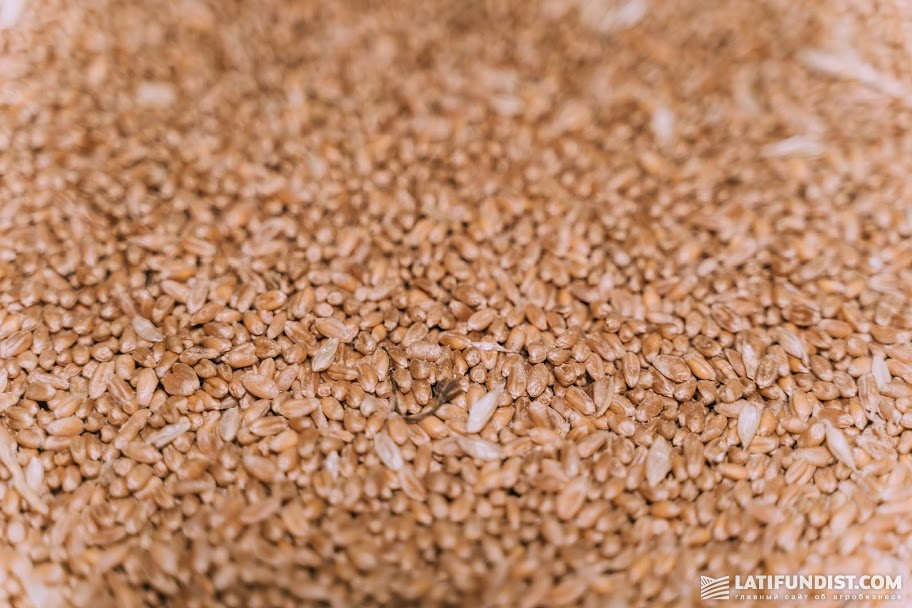
Is it really that hopeless and unpredictable? To some extent, it is!
But the reason for this is the usual nature of the market, where millions of players operate. And each of them has his own goals and perspective on things. Therefore, one just has to live with the fact that the market cannot be predicted for the full 100%!
Besides, one has to accept the fact that completely unexpected things happen in the market, the influence of which has not been studied — the so-called Black Swan. The impact of coronavirus on the market is one such. Fear and lack of prior experience is a strong motivator for aggressive actions on the market. And the actions of different players can be entirely the opposite.
To keep a head clear and think critically, you need to realize a few facts:
- The market is a self-contained ecosystem where everything and anything is interconnected.
- The market is a place where participants implement and defend their, primarily commercial, ideas. This means that the rule "if I do not buy the product A, there will always be a replacement for it in the form of the product B" works. This is how competition works.
- There are many spots where you can trade the same product — physical market, futures and options market.
- All market participants are to some extent limited in resources, some are more, while others are less. This is how the pressure on the market is formed.
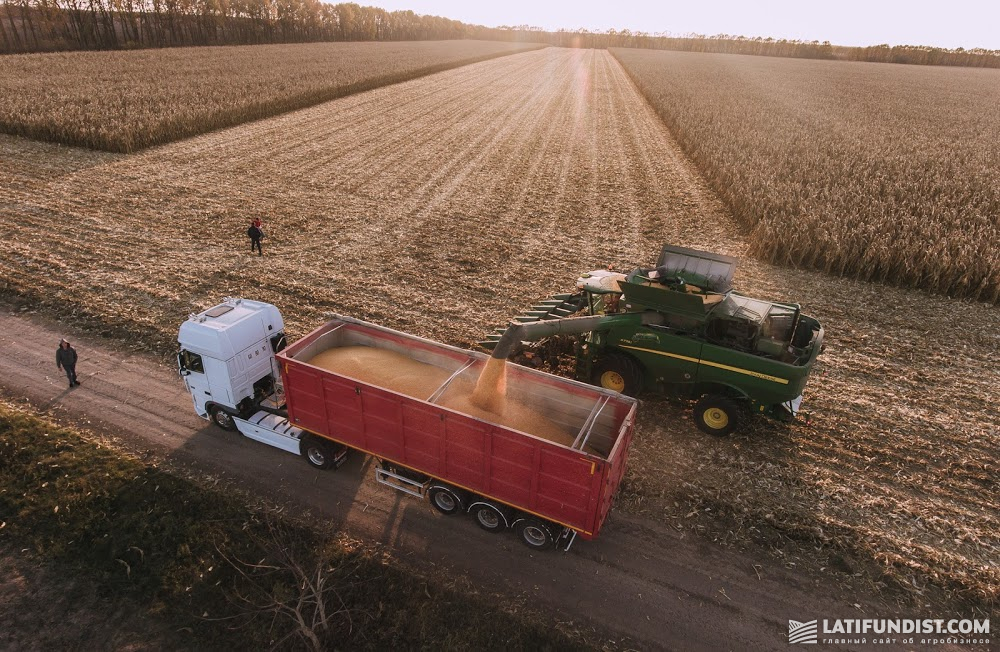
The list is far from complete. But if you consider only these facts, there arise certain conclusions that will help in trading and work in 99% of cases. We will leave 1% for the Black Swans bringing the reset to the market and redistribution to the assets.
- There will always be a price spread between similar or replaceable assets in the market. For example, wheat and corn are replaceable commodities in feed production. Therefore, this spread can be traded. And it is safer than trading each product separately.
- The same commodity can be bought/sold on different terms and bases — both in terms of geography and type. These same commodities can also be traded on different bases. This is called arbitrage trading. And this is also one of the ways to protect yourself from a sharp swing of the market.
- Having a limited resource (financial or human), you need to use those tools for trading that give large leverage. Options, for instance. Where, by investing a notional 5% of the value of the product, you can buy an instrument that will work if the strategy was correct. Accordingly, and otherwise, we lose only these 5%.
- In elaborating strategies, you need to proceed from 2 points: from the expectations of the market direction and from the levels at which you are ready/forced to exit the market. You cannot work without these guidelines!
Although these points are commonly used, the algorithm of their implementation is different for the producer and for the trader. But this is a different story...
Yuri Gavrilyuk, trader at Spike Trade Group


